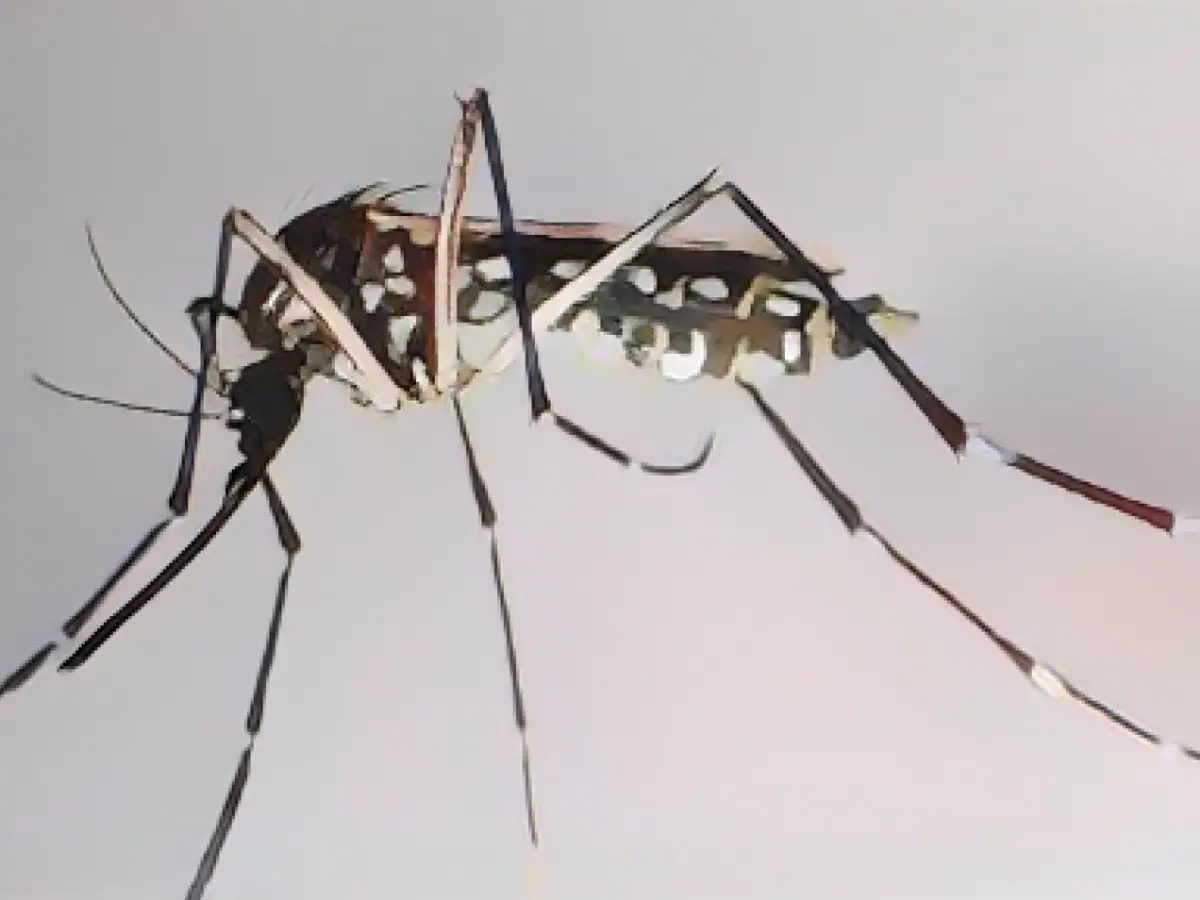World Health Organisation Demands Info on Spike in Pneumonia Cases in Northern China
The World Health Organisation (WHO) has requested China to provide detailed information about the increased cases of pneumonia in children in northern China. The health body said in a statement that China needs to provide additional info on the diseases and their spread, as well as the relevant lab results.
According to media reports, there's been an unusual rise in undiagnosed pneumonia among children in the region. However, it's still not clear if this is related to the general surge in respiratory diseases in the country, including the coronavirus and influenza.
China's National Health Commission Blames Pathogens for Spike in Illnesses
China's National Health Commission has attributed the rise in such diseases in the country to the spread of pathogens post-coronavirus measures being lifted. Other countries, like Germany, also experienced a surge in colds shortly after.
Older People Urged to Protect Themselves
Reports and pictures of full children's hospitals have been circulating on Chinese social media for days. Teachers have advised parents not to send children to school with symptoms. Influenza is experiencing a "steep upward trend" in Beijing, the state news agency Xinhua reported on Wednesday.
Respiratory pathogens like rhinoviruses and RSV (respiratory syncytial virus) are also widespread. Mycoplasma infections have also increased recently, but have already peaked in the capital. Mycoplasmas can cause pneumonia, especially in children, adolescents, and young adults.
NHC Urges Improved Diagnosis and Treatment Capacities, Strong Vaccination for Vulnerable Populations
The National Health Commission has urged all affected regions to improve diagnosis and treatment capacities for infections. It also urged the elderly and vulnerable populations with pre-existing conditions to protect themselves well and get vaccinated.
China's Strict COVID-19 Measures and Easing of Restrictions
China had imposed extremely strict restrictions during the COVID-19 pandemic. While other countries had started to live with the virus, China pursued a zero-COVID strategy with lockdowns, daily mass testing, strict controls, contact tracing, and compulsory quarantine until the beginning of December.
However, as the virus spread rapidly and the economy was severely affected, protests broke out. Beijing finally lifted the rules in December. Since then, there have been significant catch-up effects, including severe waves of infection - not only for coronavirus, but also for other respiratory diseases.
WHO Concerned about Pneumonia Cases in Children, Urges Comprehensive Data
The WHO is concerned about the surge in pneumonia cases in children in northern China and has requested comprehensive data from China on the diseases and their causative agents to better understand the situation. To effectively combat these respiratory illnesses, including pneumonia caused by Mycoplasmas, the Chinese National Health Commission has urged improved diagnosis and treatment capacities and strong immunization initiatives for vulnerable populations like the elderly.
Enrichment Insights:
The surge in pneumonia cases in children in northern China is primarily attributed to the resurgence of respiratory viruses, particularly RSV (Respiratory Syncytial Virus), PIV-3 (Parainfluenza Virus Type 3), and Flu A (Influenza A Virus). Before the COVID-19 pandemic, these viruses were already major causes of pneumonia in children. The implementation of stringent COVID-19 control measures significantly reduced their transmission. However, after the relaxation of control measures in January 2023, there was a notable increase in the detection rates of these viruses, particularly RSV and PIV-3. RSV and PIV-3 are more prevalent during different seasons, with RSV being more prevalent in the autumn and winter, and PIV-3 typically prevalent during the summer but shifting to autumn and winter during the control measures. These insights can help healthcare providers develop effective strategies to combat these respiratory diseases in children.







